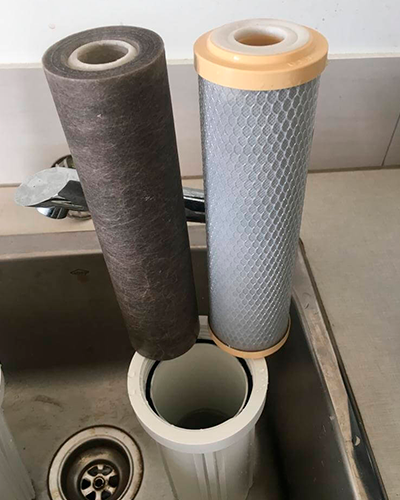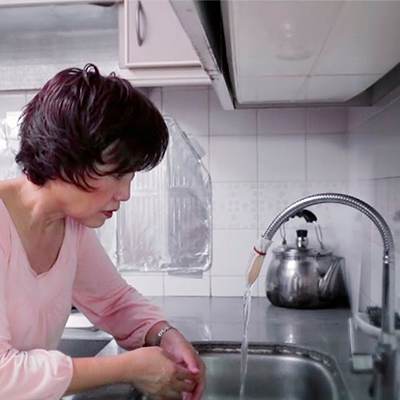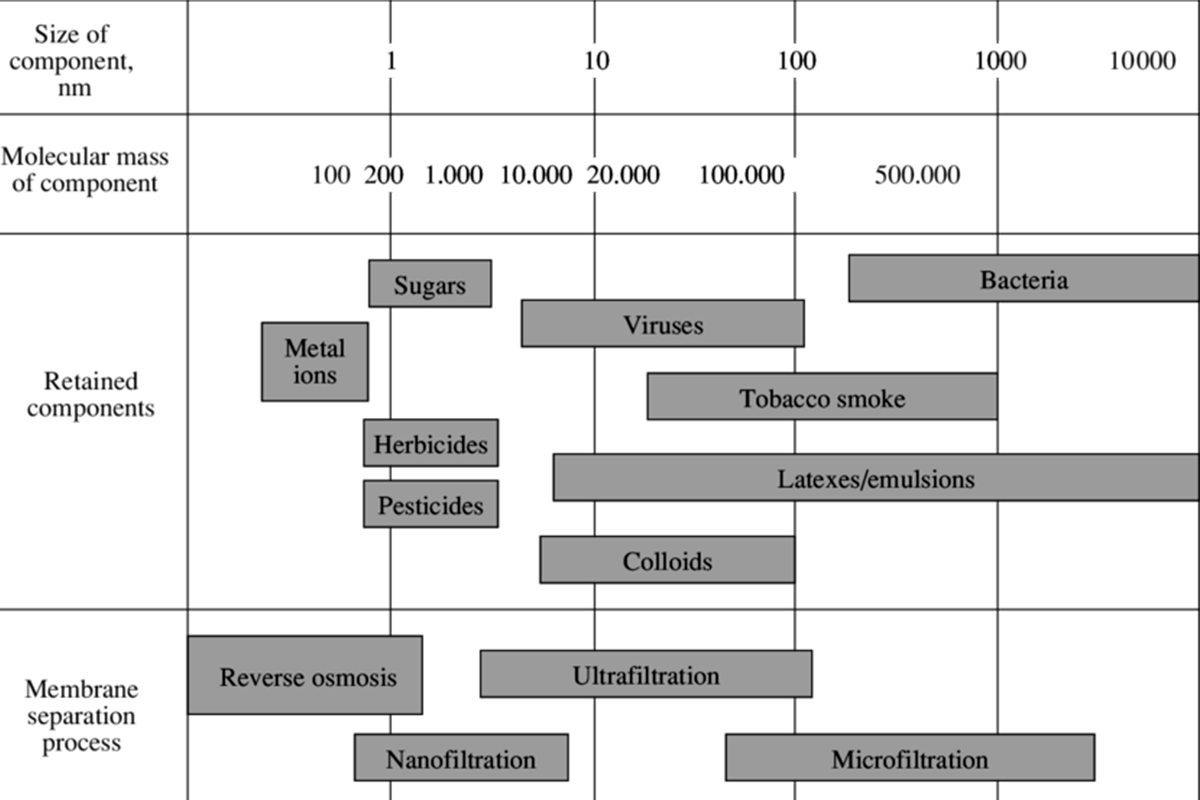Sediment Filtration
Removing Silt, Sand, Heavy Metals, and Particles
Why Use a Sediment Filter?
Eliminates Large Particles
Effectively removes sand, silt, heavy metals, and other large contaminants.
First Layer of Protection
Serves as the initial filter to prevent solid particles from damaging other filters in the system.

A sediment filter is the protector of your household's water supply, effectively capturing sand, silt, heavy metals, and other unwanted particles. Much like a fishing net catching debris, it traps these contaminants as water flows through your system, ensuring cleaner water.
In landed properties, sediment filters are often large containers filled with natural media, like sand or anthracite. As water passes through this bed, suspended solids are captured, leaving sediment behind, so the water entering your home is free of these impurities. In contrast, for HDB flats or private condominiums, sediment filters are typically installed behind faucets or as part of a full water filtration system.

Sediment filters also play a secondary role by preventing solid particles from reducing the efficiency of other filters in your system.
However, even with sediment filters, smaller contaminants like pathogens, heavy metals, and volatile organic compounds may still be present, as these can bypass the filter if they are smaller than its micron rating.
What Micron Rating Should Your Sediment Filter Have?

In Singapore, we’re fortunate to have clean water provided by the Public Utilities Board (PUB), making it safe to drink directly from the tap. As a result, large sediment filters or those with extremely fine micron ratings are unnecessary. A basic sediment filter is enough to remove any suspended solids or rust that might enter the water during its journey from treatment plants to your home.
Still using that old cloth filter your parents or grandparents relied on? It’s time to replace it, as it can harbor bacteria and contaminate your water.
Filter Spectrum

Suspended solids and rust particles in water are usually larger than 10 microns. To give some context, the diameter of a human hair is about 50 to 70 microns, and the human eye can see particles as small as 40 microns. Therefore, a 10-micron sediment filter is all that’s needed to effectively remove most of the fine sand, silt, and rust found in the water pipeline. This is the type of sediment filter used by Puriwell Global. We use a 10-micron Polypropylene sediment filter in our water filtration systems because it is the most effective and cost-efficient way to remove suspended solids from Singapore tap water.
How Often Should I Replace My Sediment Filter?
There isn’t a specific timeframe for replacing your sediment filter, but many companies suggest changing it after one year of use. However, this decision is influenced by two key factors: the type of sediment filter and the condition of the pipes. We recommend regularly checking the condition of your sediment filter and monitoring the water flow rate to determine the best time for replacement.

Puriwell Global’s water filtration system features a sediment filter housed in a transparent casing, which allows users to see the level of particles in the water by observing the filter’s color change. If the filter turns yellow quickly, it indicates a high concentration of particles, such as heavy metals, in the pipes, which causes oxidation. In this case, the filter should be replaced. If this color change is also accompanied by a decrease in water flow, we advise replacing the filter immediately.
